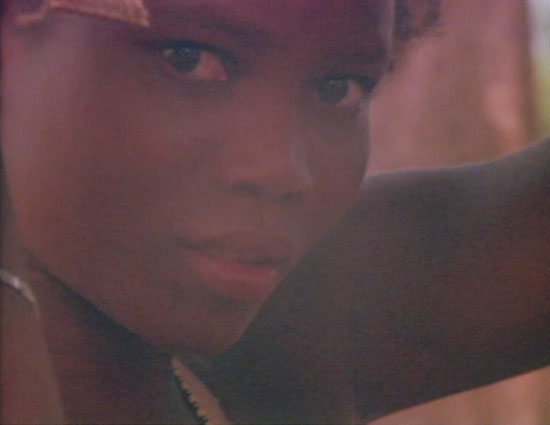Hidden (2020, Jafar Panahi)
Meta-remake of Panahi’s Three Faces. Camera 1 is a dash-mounted phone, Camera 2 is held by his daughter Solmaz in the back seat. A woman they know has asked them to help convince a girl with an incredible singing voice to join a theater group, but the girl’s mom won’t let her leave the house and keeps her hidden behind a sheet.

–
Where Are You, Jafar Panahi (2016, Jafar Panahi)
The most heated I’ve seen Panahi, who rants about the government preventing him from making dramas about social issues and saying they force him to turn the camera on himself. Majid Barzegar in the car, I assume they’re talking about his film A Very Ordinary Citizen, from which Panahi’s cowriting credit was removed. The reason for the drive is to visit Kiarostami’s grave, but Panahi doesn’t get out of the car, sends Barzegar alone with the flowers.

–
Letter From Your Far-Off Country (2020, Suneil Sanzgiri)
Writing, culture, politics in India… stock footage and mothlighting and history. Some things I haven’t seen before: rotating 3D models within a film frame with sprocket holes, seamless blending of different techs and formats. I got lost in the names and events, but it’s a cool and dense piece.

–
At Home But Not At Home (2020, Suneil Sanzgiri)
More history, Goa vs. Portugal. Full of scenes from classic films. Titles printed in the center of screen give translation or context or philosophy. Good music in both of these.

–
Vever (2018, Deborah Stratman)
This fits in surprisingly well with the previous few, with philosophical titles in center screen and big music. Color film from 1975 Guatemala, a phone interview with the cinematographer. This turned out to be a mix of some big-time artists – footage and interview by Barbara Hammer, text/audio by Maya Deren, drawings and music by Teiji Ito.

–
Sycorax (2021, Patino & Pineiro)
They sit in a public square, “casting” their Tempest from the townsfolk passing by, but no Witch Sycorax is found so they hold tryouts… 14 women and we watch the whole thing. Another collaboration – theater and trees, featuring some really nice nature crossfades and very green fern branches.


–
No Archive Can Restore You (2020, Onyeka Igwe)
Either these are outtakes from A So-Called Archive or Igwe has found another abandoned, termite-infested media library. “Commerce, gentlemen – commerce brought us to Africa.” Slow roving camera, the audio is sounds that might’ve once filled the spaces.






















